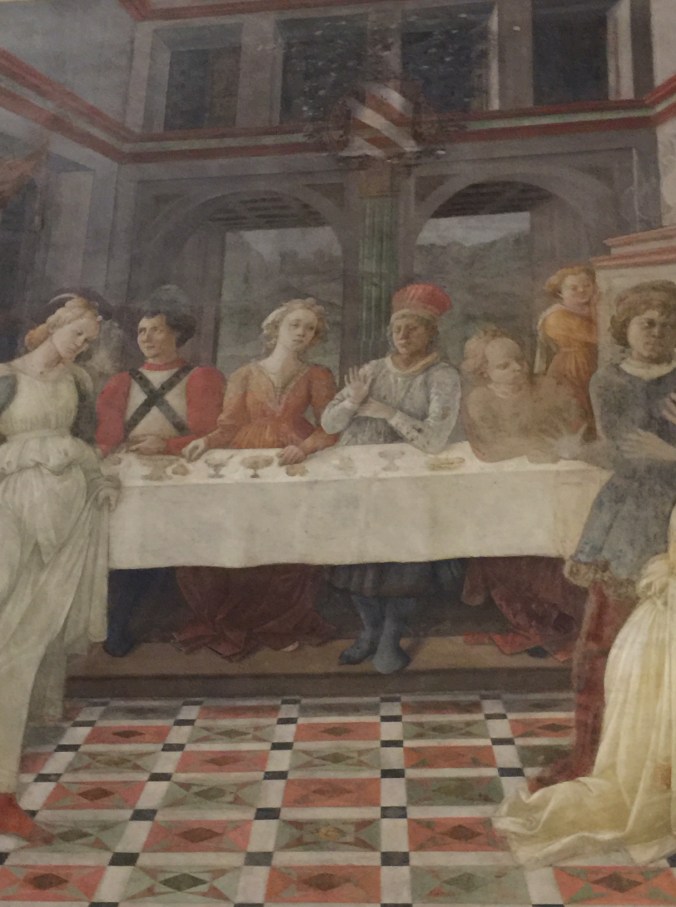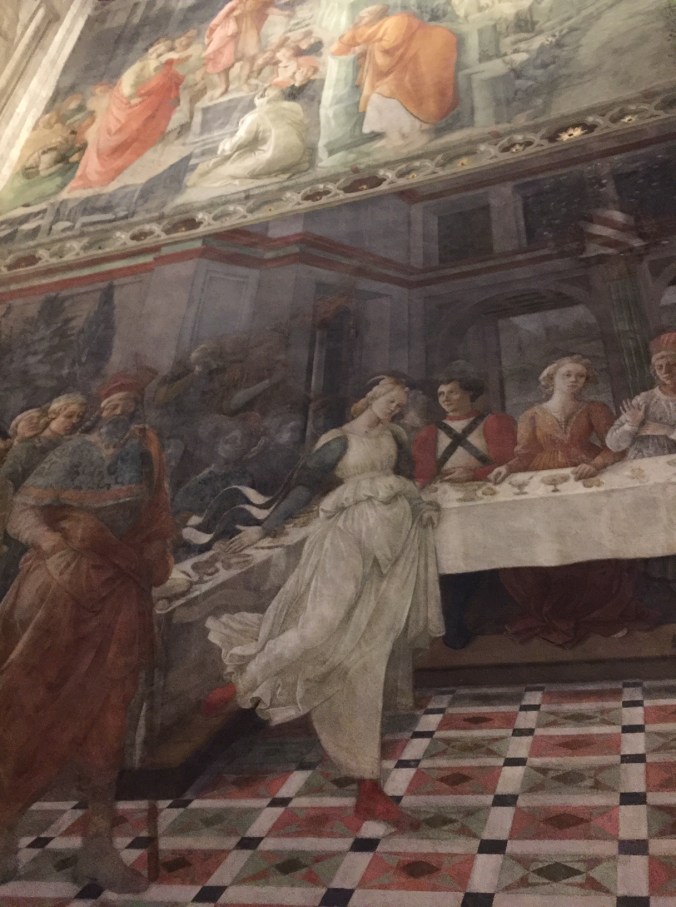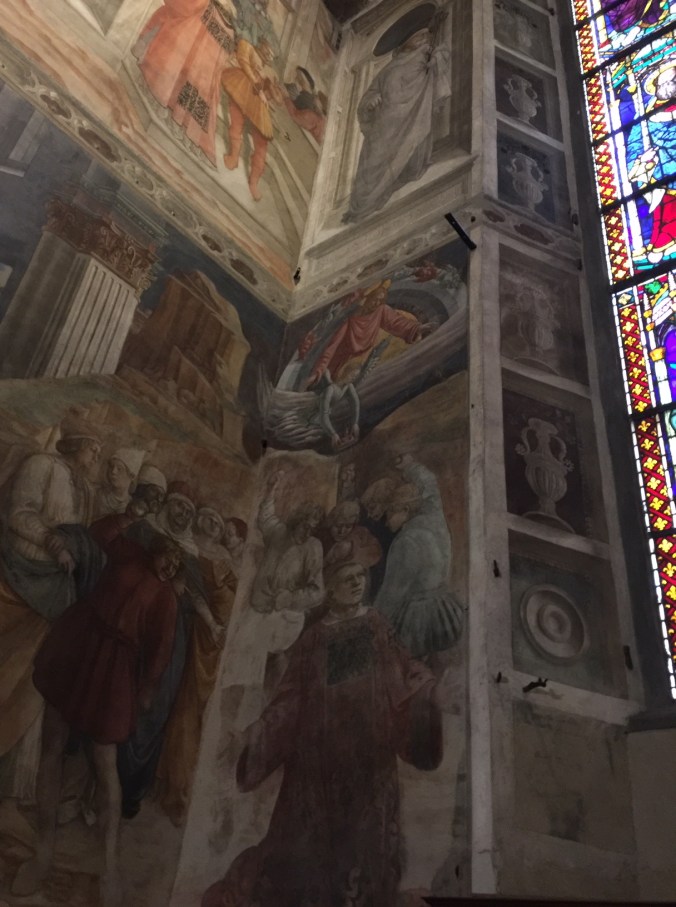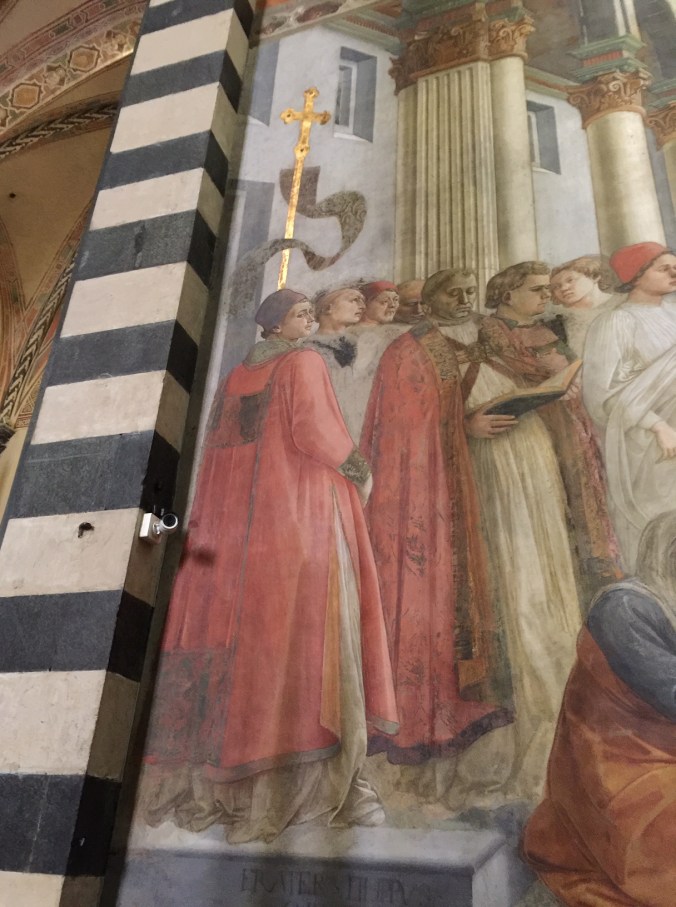Late last week I had the great pleasure of visiting Prato with a new friend who was born and raised there. There is nothing like visiting a lovely small Italian town with someone who knows their way around. My friend showed me things I would have found on my own!


I wrote a post on the Duomo of Prato, where I discussed the architecture and sculpture. The Duomo is such a rich repository of masterworks that it needs several posts. Today I will deal only with the Far Fillips Lippi frescoes created between 1452-66.
Let’s start with this basic premise: these paintings are gorgeous and in excellent condition! I have waited an art historian’s lifetime to see them and they did to disappoint.
This is the apse end of the basilica in all of its glory. The Far Fillipo Lippi frescoes are in the chapel in the center:

These frescoes show the master, Fra Filippo Lippi, at his finest. They were produced slowly and sporadically between 1452 and 1466.
The enormous scale of the choir, and consequently the painted subjects, were a far cry from the intimacy of the Brancacci Chapel. The cycle has been restored recently, revealing powerful yet sensitive images produced with verve and facility during a late period in Lippi’s development.
The Prato frescoes were both an artistic and a physical challenge for the aging painter, and, particularly in the large scenes on either side of the choir with stories of St John the Baptist and St Stephen, scholars believe that a significant share of the execution may be attributed to workshop assistants.
Below: View of the chapel filled with the fresco cycle


South Wall
Below: overview of the right (south) wall of the main chapel

Beginning at top, coming down, we begin with “The Birth and Naming St John”
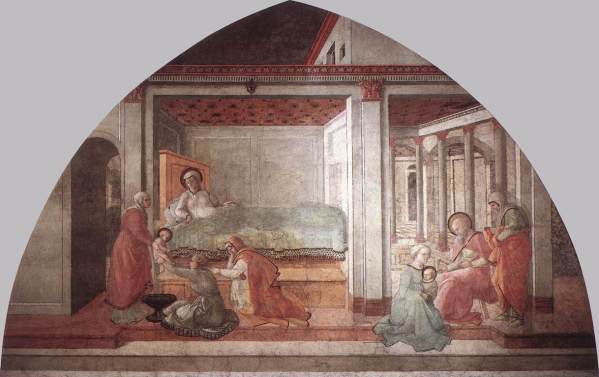
The Birth and Naming St John (detail)

The 2nd fresco down from the top: “St. John Taking Leave of His Parents”

St. John Taking Leave of his Parents (detail)

St. John Taking Leave of His Parents (detail)

Third scene down from the top: Herod’s Banquet

Herod’s Banquet (detail)
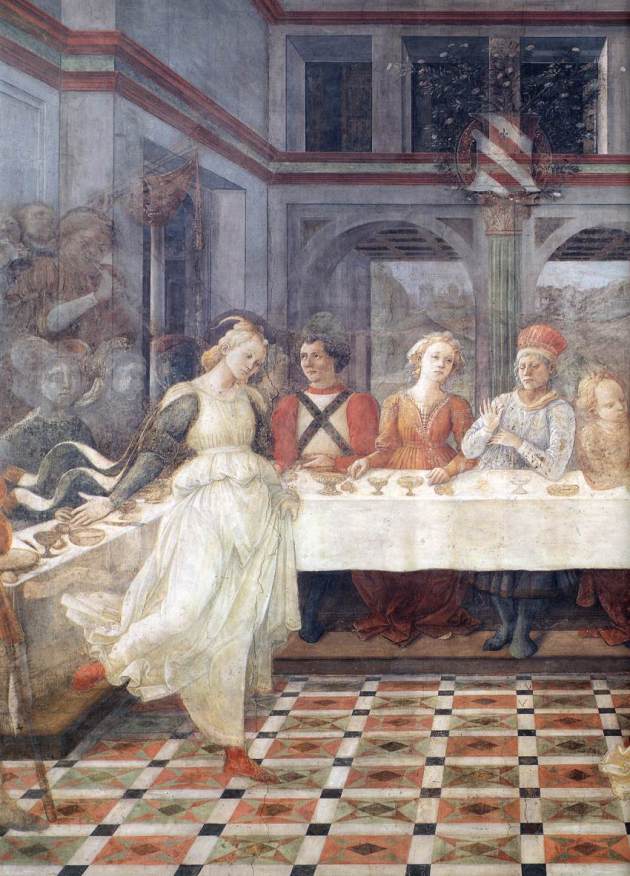
Herod’s Banquet (detail)

Herod’s Banquet (detail)

Herod’s Banquet (detail)

Herod’s Banquet (detail)

The Beheading of John the Baptist, scene to the far left of the main fresco

North Wall:
View of the left (north) wall of the main chapel
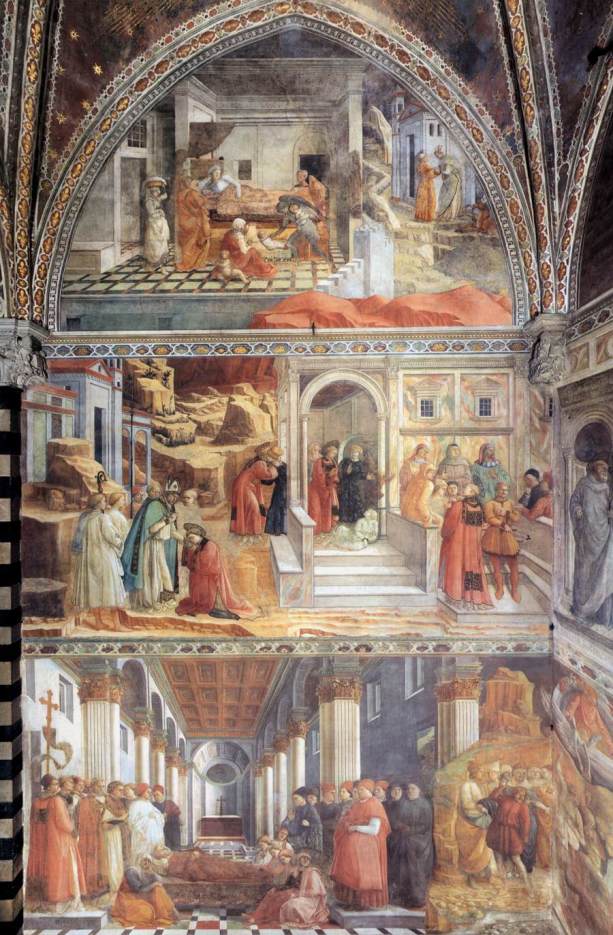
Beginning at top of fresco on North wall: St Stephen is Born and Replaced by Another Child

St Stephen is Born and Replaced by Another Child (detail)

St Stephen is Born and Replaced by Another Child (detail)

2nd Fresco down from top, The Disputation in the Synagogue
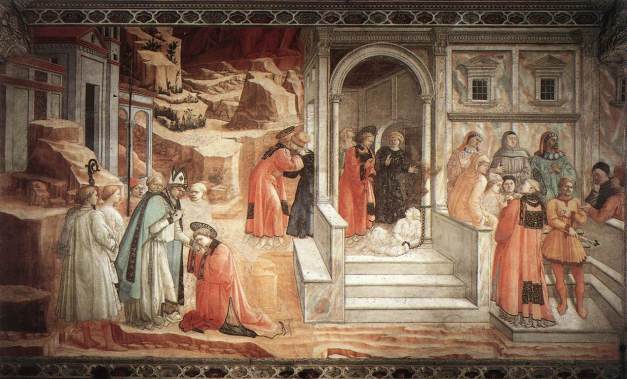
The Disputation in the Synagogue (detail)

The Disputation in the Synagogue (detail)

The Disputation in the Synagogue (detail)

The Disputation in the Synagogue (detail)
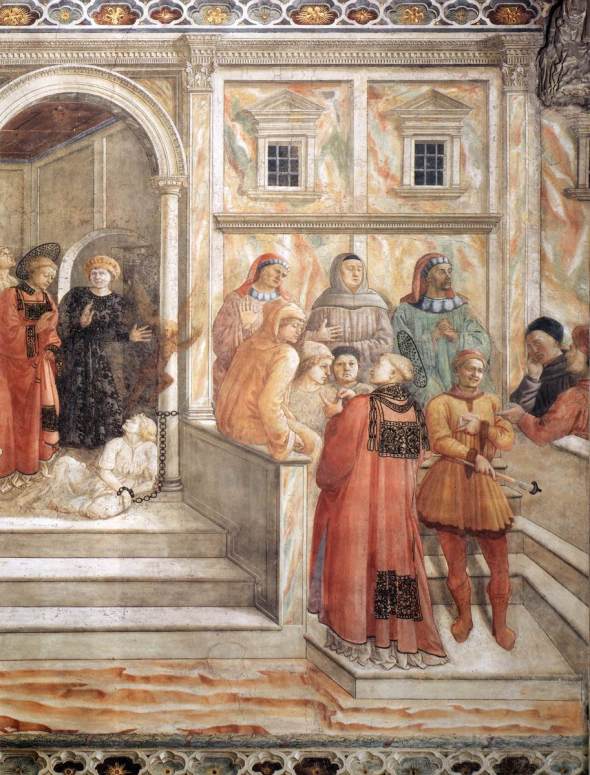
Third fresco down from the top: The Funeral of St Stephen

The Funeral of St Stephen (detail)

The Funeral of St Stephen (detail)

The Funeral of St Stephen (detail)

The Funeral of St Stephen (detail)

The Funeral of St Stephen (detail)

Scene to the far right of the main fresco: The Martyrdom of St Stephen

St Alberto of Trapani

St Alberto of Trapani

Allora, I have shown you the main paintings within this fresco cycle and explained the location. Now let me simply share the pictures I took with my phone. My phone was never pointed at anything more beautiful…and that is saying something!




